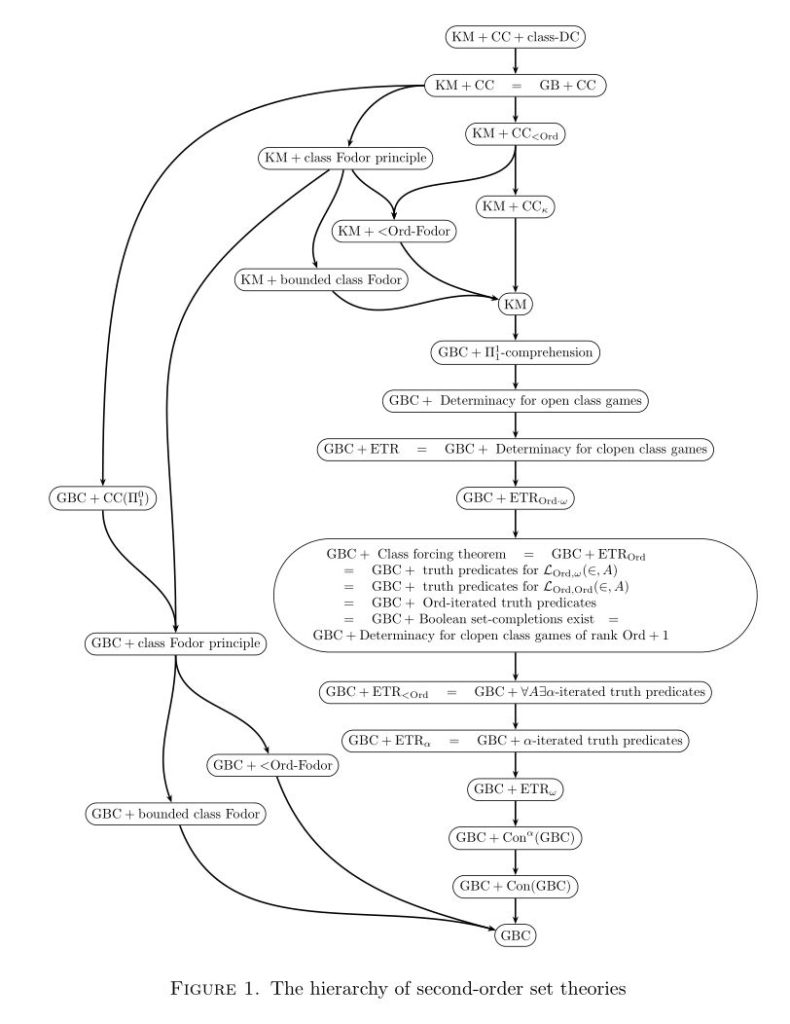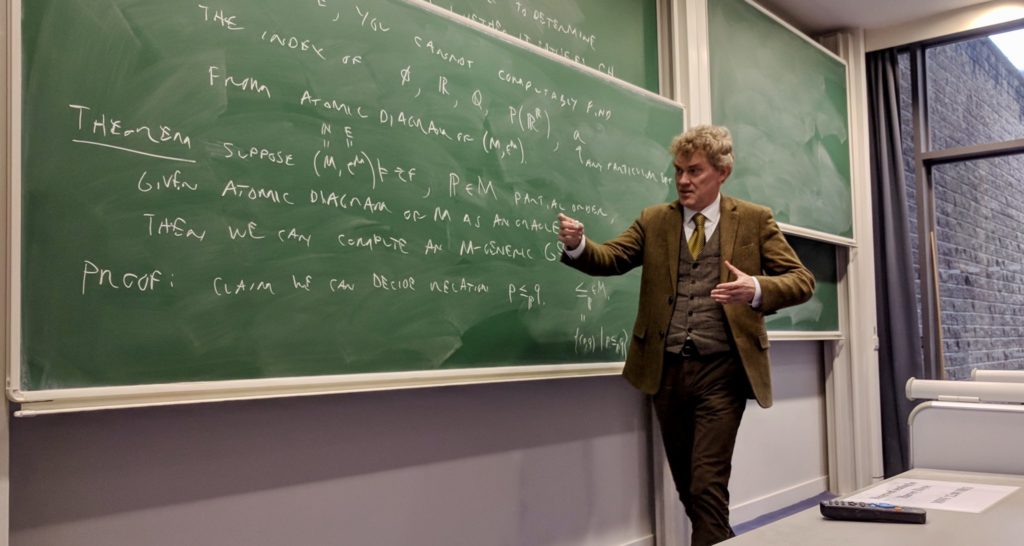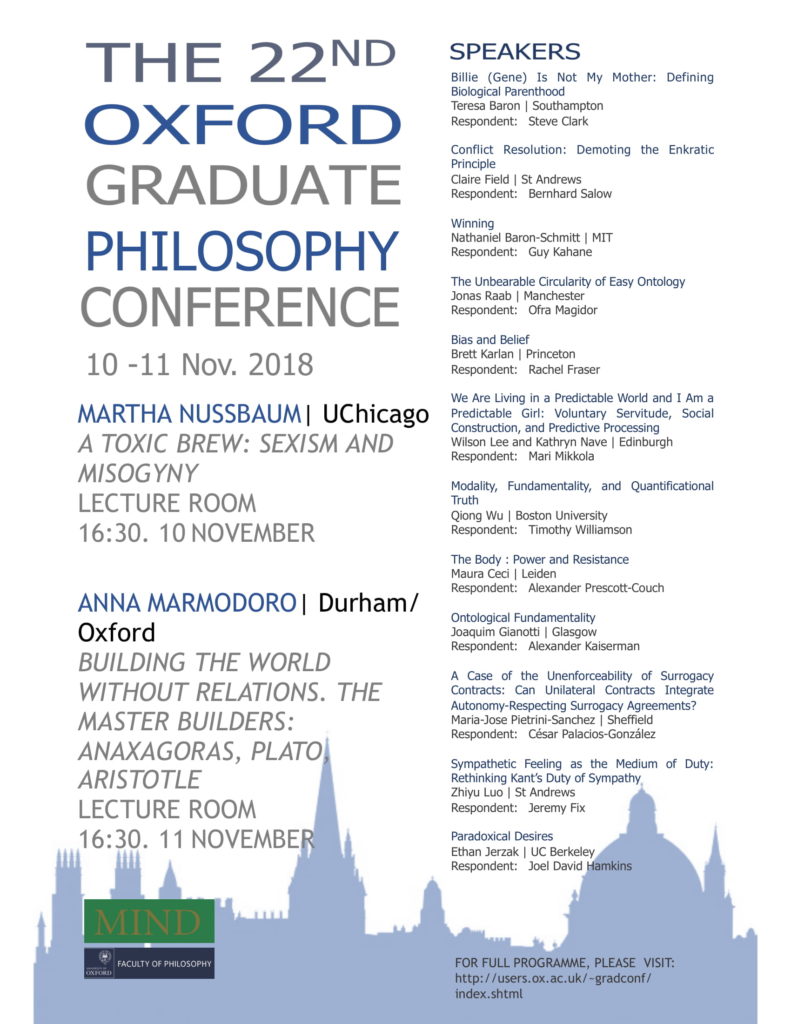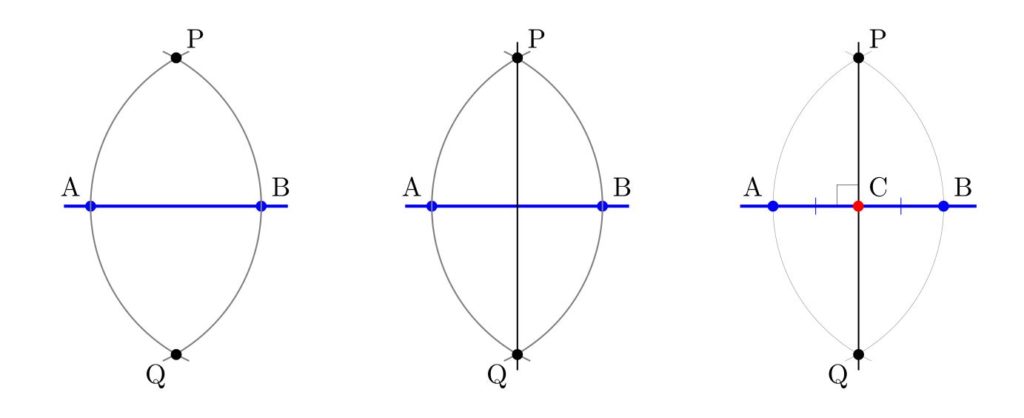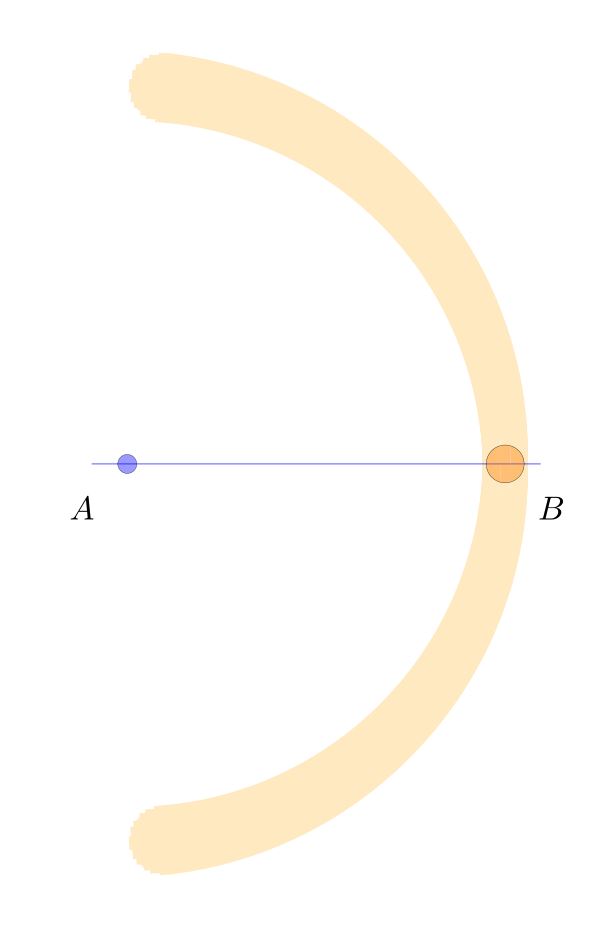I have been reading Alan Turing’s paper, On computable numbers, with an application to the entsheidungsproblem, an amazing classic, written by Turing while he was a student in Cambridge. This is the paper in which Turing introduces and defines his Turing machine concept, deriving it from a philosophical analysis of what it is that a human computer is doing when carrying out a computational task.
The paper is an incredible achievement. He accomplishes so much: he defines and explains the machines; he proves that there is a universal Turing machine; he shows that there can be no computable procedure for determining the validities of a sufficiently powerful formal proof system; he shows that the halting problem is not computably decidable; he argues that his machine concept captures our intuitive notion of computability; and he develops the theory of computable real numbers.
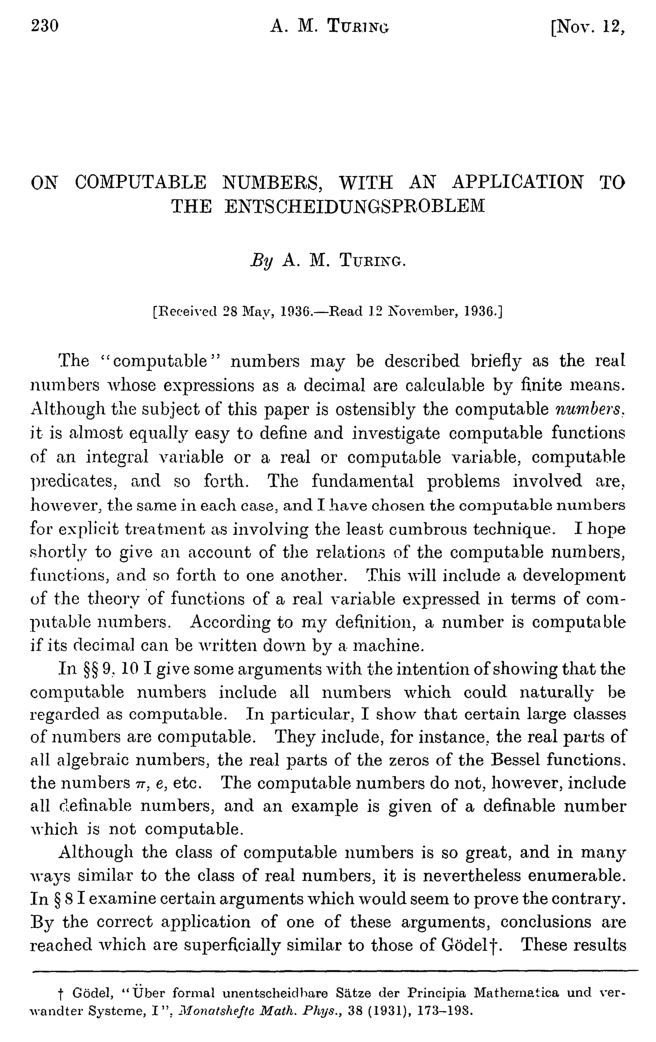
What I was extremely surprised to find, however, and what I want to tell you about today, is that despite the title of the article, Turing adopts an incorrect approach to the theory of computable numbers. His central definition is what is now usually regarded as a mistaken way to proceed with this concept.
Let me explain. Turing defines that a computable real number is one whose decimal (or binary) expansion can be enumerated by a finite procedure, by what we now call a Turing machine. You can see this in the very first sentence of his paper, and he elaborates on and confirms this definition in detail later on in the paper.
He subsequently develops the theory of computable functions of computable real numbers, where one considers computable functions defined on these computable numbers. The computable functions are defined not on the reals themselves, however, but on the programs that enumerate the digits of those reals. Thus, for the role they play in Turing’s theory, a computable real number is not actually regarded as a real number as such, but as a program for enumerating the digits of a real number. In other words, to have a computable real number in Turing’s theory is to have a program for enumerating the digits of a real number. And it is this aspect of Turing’s conception of computable real numbers where his approach becomes problematic.
One specific problem with Turing’s approach is that on this account, it turns out that the operations of addition and multiplication for computable real numbers are not computable operations. Of course this is not what we want.
The basic mathematical fact in play is that the digits of a sum of two real numbers $a+b$ is not a continuous function of the digits of $a$ and $b$ separately; in some cases, one cannot say with certainty the initial digits of $a+b$, knowing only finitely many digits, as many as desired, of $a$ and $b$.
To see this, consider the following sum $a+b$
$$\begin{align*}
&0.343434343434\cdots \\
+\quad &0.656565656565\cdots \\[-7pt]
&\hskip-.5cm\rule{2in}{.4pt}\\
&0.999999999999\cdots
\end{align*}$$
If you add up the numbers digit-wise, you get $9$ in every place. That much is fine, and of course we should accept either $0.9999\cdots$ or $1.0000\cdots$ as correct answers for $a+b$ in this instance, since those are both legitimate decimal representations of the number $1$.
The problem, I claim, is that we cannot assign the digits of $a+b$ in a way that will depend only on finitely many digits each of $a$ and $b$. The basic problem is that if we inspect only finitely many digits of $a$ and $b$, then we cannot be sure whether that pattern will continue, whether there will eventually be a carry or not, and depending on how the digits proceed, the initial digits of $a+b$ can be affected.
In detail, suppose that we have committed to the idea that the initial digits of $a+b$ are $0.999$, on the basis of sufficiently many digits of $a$ and $b$. Let $a’$ and $b’$ be numbers that agree with $a$ and $b$ on those finite parts of $a$ and $b$, but afterwards have all $7$s. In this case, the sum $a’+b’$ will involve a carry, which will turn all the nines up to that point to $0$, with a leading $1$, making $a’+b’$ strictly great than $1$ and having decimal representation $1.000\cdots00005555\cdots$. Thus, the initial-digits answer $0.999$ would be wrong for $a’+b’$, even though $a’$ and $b’$ agreed with $a$ and $b$ on the sufficiently many digits supposedly justifying the $0.999$ answer. On the other hand, if we had committed ourselves to $1.000$ for $a+b$, on the basis of finite parts of $a$ and $b$ separately, then let $a”$ and $b”$ be all $2$s beyond that finite part, in which case $a”+b”$ is definitely less than $1$, making $1.000$ wrong.
Therefore, there is no algorithm to compute the digits of $a+b$ continuously from the digits of $a$ and $b$ separately. It follows that there can be no computable algorithm for computing the digits of $a+b$, given the programs that compute $a$ and $b$ separately, which is how Turing defines computable functions on the computable reals. (This consequence is a subtly different and stronger claim, but one can prove it using the Kleene recursion theorem. Namely, let $a=.343434\cdots$ and then consider the program to enumerate a number $b$, which will begin with $0.656565$ and keep repeating $65$ until it sees that the addition program has given the initial digits for $a+b$, and at this moment our program for $b$ will either switch to all $7$s or all $2$s in such a way so as to refute the result. The Kleene recursion theorem is used in order to know that indeed there is such a self-referential program enumerating $b$.)
One can make similar examples showing that multiplication and many other very simple functions are not computable, if one insists that a computable number is an algorithm enumerating the digits of the number.
So what is the right definition of computable number? Turing was right that in working with computable real numbers, we want to be working with the programs that compute them, rather than the reals themselves somehow. What is needed is a better way of saying that a given program computes a given real.
The right definition, widely used today, is that we want an algorithm not to compute exactly the digits of the number, but rather, to compute approximations to the number, as close as desired, with a known degree of accuracy. One can define a computable real number as a computable sequence of rational numbers, such that the $n^{th}$ number is within $1/2^n$ of the target number. This is equivalent to being able to compute rational intervals around the target real, of size less than any specified accuracy. And there are many other equivalent ways to do it. With this concept of computable real number, then the operations of addition, multiplication, and so on, all the familiar operations on the real numbers, will be computable.
But let me clear up a confusing point. Although I have claimed that Turing’s original definition of computable real number is incorrect, and I have explained how we usually define this concept today, the mathematical fact is that a real number $x$ has a computable presentation in Turing’s sense (we can compute the digits of $x$) if and only if it has a computable presentation in the contemporary sense (we can compute rational approximations to any specified accuracy). Thus, in terms of which real numbers we are talking about, the two approaches are extensionally the same.
Let me quickly prove this. If a real number $x$ is computable in Turing’s sense, so that we can compute the digits of $x$, then we can obviously compute rational approximations to any desired accuracy, simply by taking sufficiently many digits. And conversely, if a real number $x$ is computable in the contemporary sense, so we can compute rational approximations to any specified accuracy, then either it is itself a rational number, in which case we can certainly compute the digits of $x$, or else it is irrational, in which case for any specified digit place, we can wait until we have a rational approximation forcing it to one side or the other, and thereby come to know this digit. (Note: there are issues of intuitionistic logic occurring here, precisely because we cannot tell from the approximation algorithm itself which case we are in.) Note also that this argument works in any desired base.
So there is something of a philosophical problem here. The issue isn’t that Turing has misidentified particular reals as being computable or non-computable or has somehow got the computable reals wrong extensionally as a subset of the real numbers, since every particular real number has Turing’s kind of representation if and only if it has the approximation kind of representation. Rather, the problem is that because we want to deal with computable real numbers by working with the programs that represent them, Turing’s approach means that we cannot regard addition as a computable function on the computable reals. There is no computable procedure that when given two programs for enumerating the digits of real numbers $a$ and $b$ returns a program for enumerating the digits of the sum $a+b$. But if you use the contemporary rational-approximation representation of computable real number, then you can computably produce a program for the sum, given programs for the input reals. This is the sense in which Turing’s approach is wrong.


